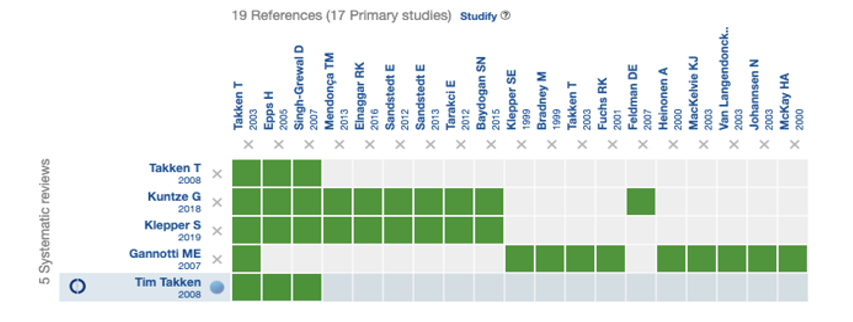How do you use the Epistemonikos database?
Posted on 2nd June 2023 by Lorena Díaz-Hemard, Mayara Rodrigues Batista, Giovanna Melanie Zavadzki Albuquerque

This is the second in a series of three blogs focused on the Epistemonikos Foundation. The first blog provided an introduction to ‘Epistemonikos: the world’s largest repository of healthcare systematic reviews‘, and the third blog provides details on the ‘Living OVerview of Evidence‘ platform which maps the best evidence relevant for making health decisions.
Once logged in to the Epistemonikos database, users can search the evidence for their question using the simple search for rapid searches, or the advanced search for a more thorough exploration.
Getting started with the simple search
The search box on the landing page of the Epistemonikos database is where users can type the search terms for their questions. Research questions must be structured following the standard PICO format (acronym for Population, Intervention, Comparison and Outcome) and can be typed in the nine languages supported by the database (Arabic, Chinese, Dutch, English, French, German, Italian, Portuguese and Spanish). The search can even support the combination of terms in different languages.
When using the simple search, results will be sorted by relevance, which is calculated by an algorithm developed by Epistemonikos. Results can be further filtered by Category (broad synthesis, systematic reviews, structured summaries or primary studies) and range of publication date.
The advanced search allows more complex search strategies and the use of boolean logic. The advanced search supports boolean operators (AND, OR and NOT), searching with field labels (title, abstract and author), searching for an exact phrase using quotation marks, the use of parentheses and truncation using asterisk [1].
The matrix of evidence: a unique feature of Epistemonikos
Systematic reviews that share included studies often answer a similar question. A distinctive feature of the Epistemonikos database is that it connects articles based on the question they answer. A matrix of evidence is a table displaying all the systematic reviews that answer the same question, and all of the primary studies included in these reviews [2]. In a matrix of evidence, all the systematic reviews address the question of interest or a broader question that includes the question of interest. However, only those primary studies included in a systematic review that answer the question of interest are part of the matrix of evidence.
In other words, a matrix of evidence is the visualization of all the information in Epistemonikos for a given question, which is why these are particularly useful for evidence mapping and overviews of reviews. In a matrix of evidence, systematic reviews are displayed in the y-axis and the included studies in the x-axis (Figure 1). Matrices can be automatically generated from a systematic review in the database and can be modified by the Epistemonikos team.
Figure 1 is an example of a matrix of evidence in the Epistemonikos database. Systematic reviews are shown in the y-axis and the included primary studies in the x-axis. This matrix (https://www.epistemonikos.org/en/matrixes/5d2f7c376ec0d638d1360780) was originated from the review “Tim Takken 2008” (highlighted), that is indicated to be a Cochrane review. This view shows 5 systematic reviews and 17 primary studies.
References
- Epistemonikos database [Internet]. Chile: Epistemonikos Foundation; [2023]. How to use Matrix of evidence; [cited 2022 Nov 05]; [1 paragraph]. Available in: https://www.epistemonikos.org/en/about_us/how_to_use#
- Epistemonikos database [Internet]. Chile: Epistemonikos Foundation; [2023]. How to use advanced Search; [cited 2022 Nov 05]; [1 paragraph]. Available in: https://www.epistemonikos.org/en/about_us/how_to_use#
How to reference our text: Díaz-Hemard L, Batista MR, Albuquerque GMZ. How to use the Epistemonikos database?. Students 4 best evidence (S4BE) Cochrane. Available in:[paste the link]. Accessed on:[insert day, month and year].




